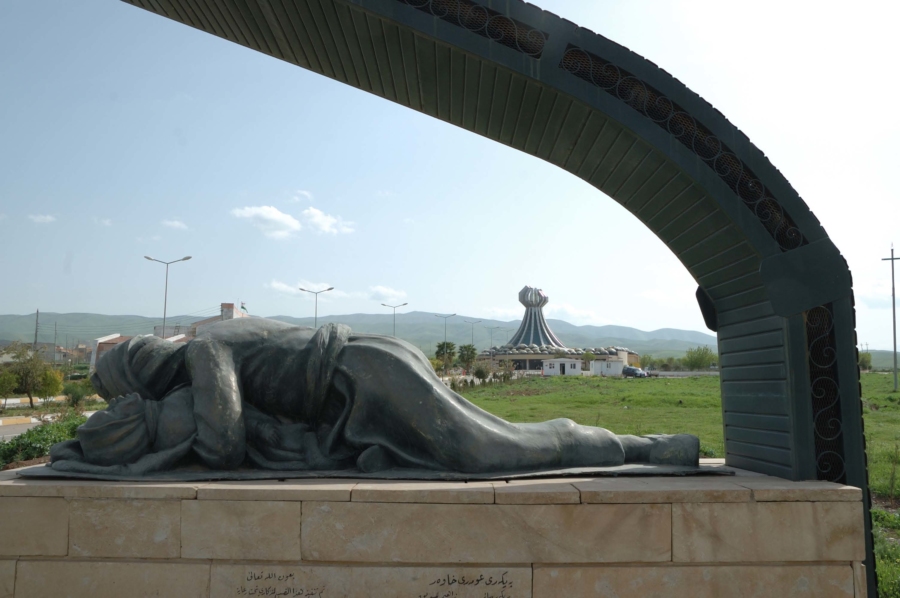The Haider Khana Mosque is one of the ancient and heritage mosques of Baghdad. It is located in Al-Rasheed Street, in the neighborhood of Haider Khana. It was built by the Abbasid Caliph Ahmad Al-Nasir Li-Din Allah and was renewed during the Ottoman era of Daoud Pasha (the governor of Baghdad) and beyond.
The mosque contains leafy plant decorations and inscriptions of the Qur’an in Arabic letters. The building occupies an area of 3,344 square meters on a trapezoidal land of dimensions (76 m, 69 m, 50 m), and it has a prayer hall of 240 square meters, and its structure rises on four huge pillars to carry the large dome, and it rises The columns are a ribbon decorated with Arabic script and Naskh script for verse 286 of Surat Al-Baqarah, where it starts from the right of the mihrab to surround the sanctuary and ends on its left. By building another arch at the corners of the four mihrab roofs, and these arches are confined between their shoulders by spherical triangles, and these triangles have been divided into rows of muqarnas of different levels resembling beehives.
Translated from:











